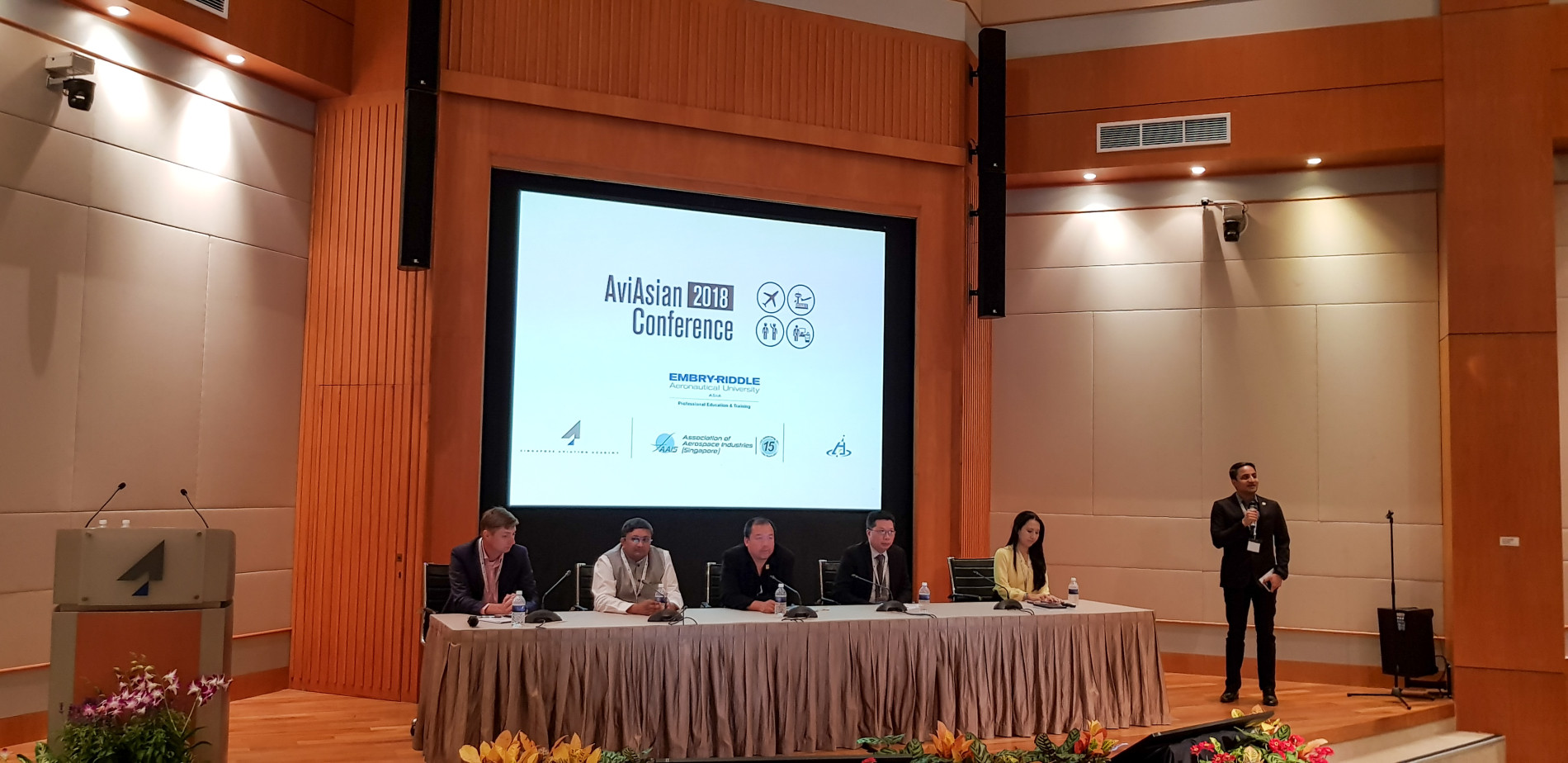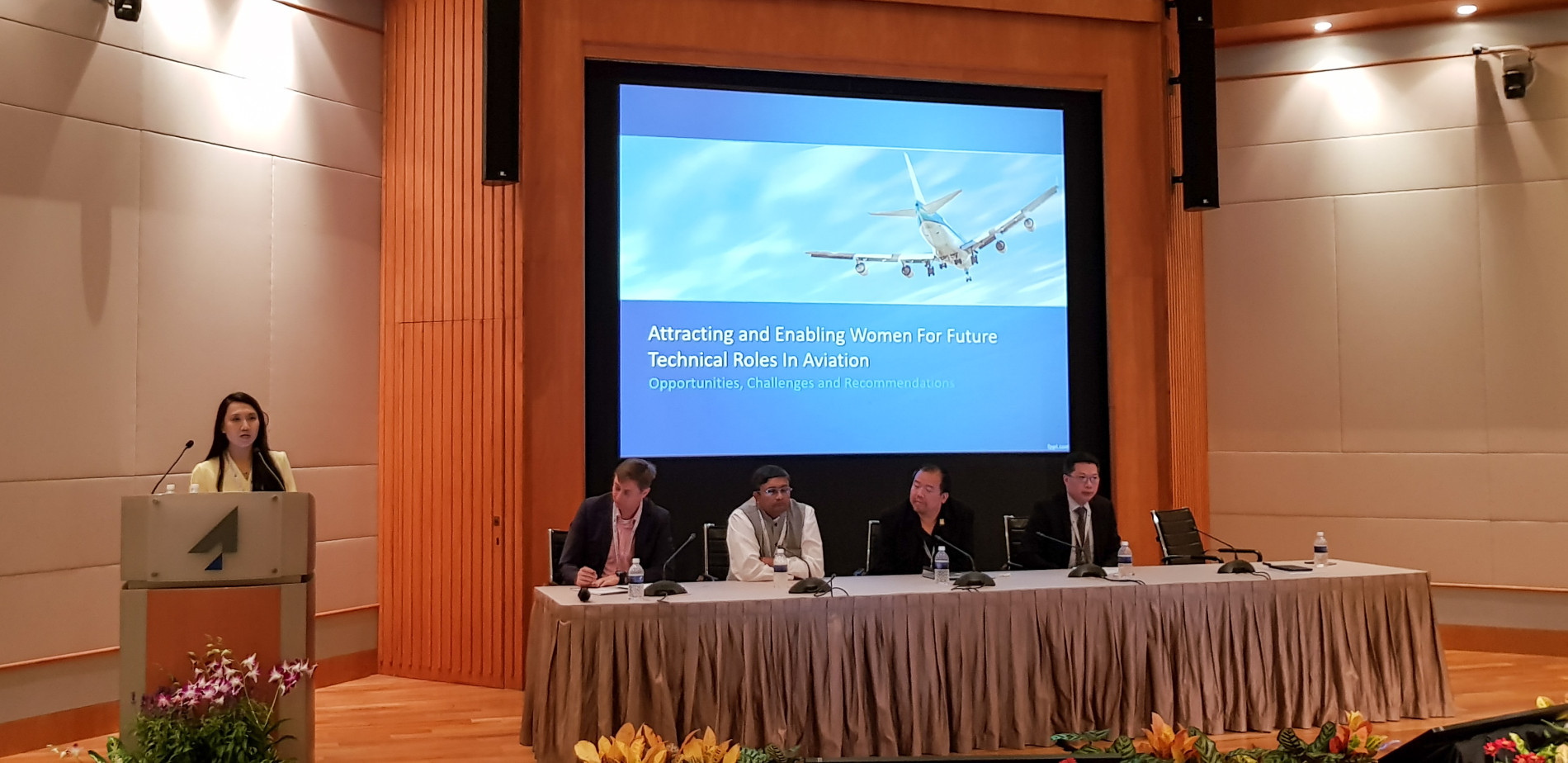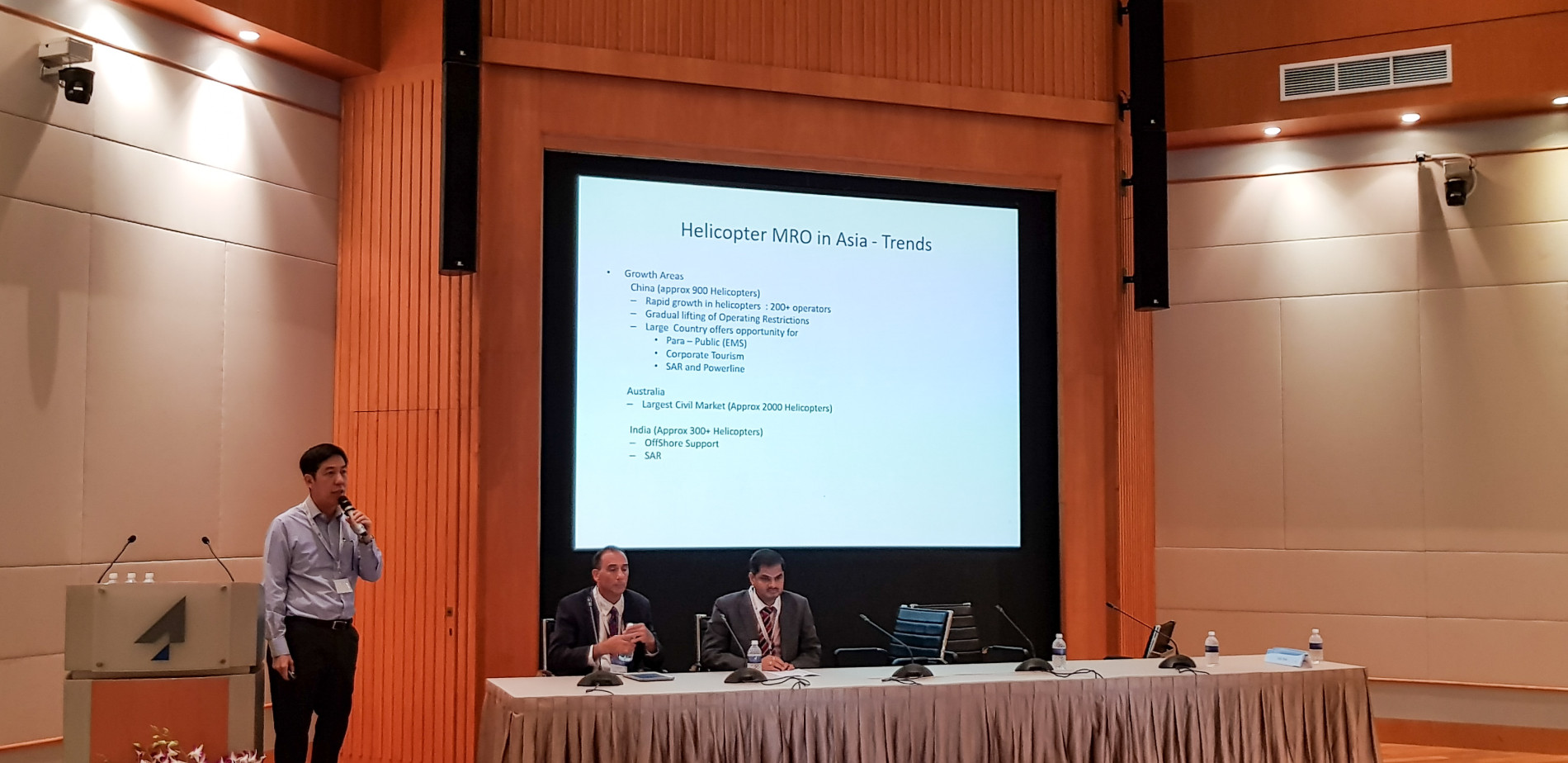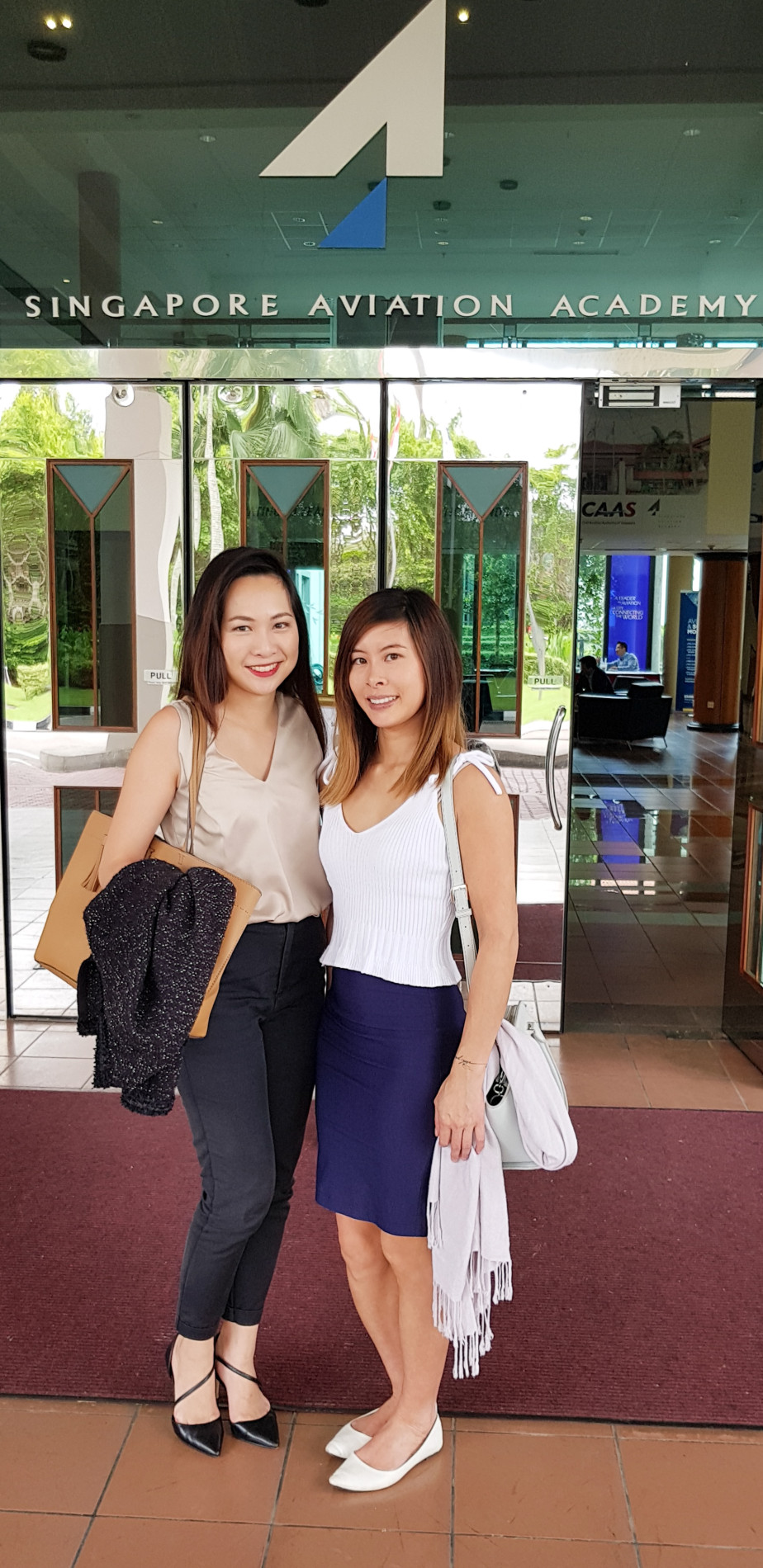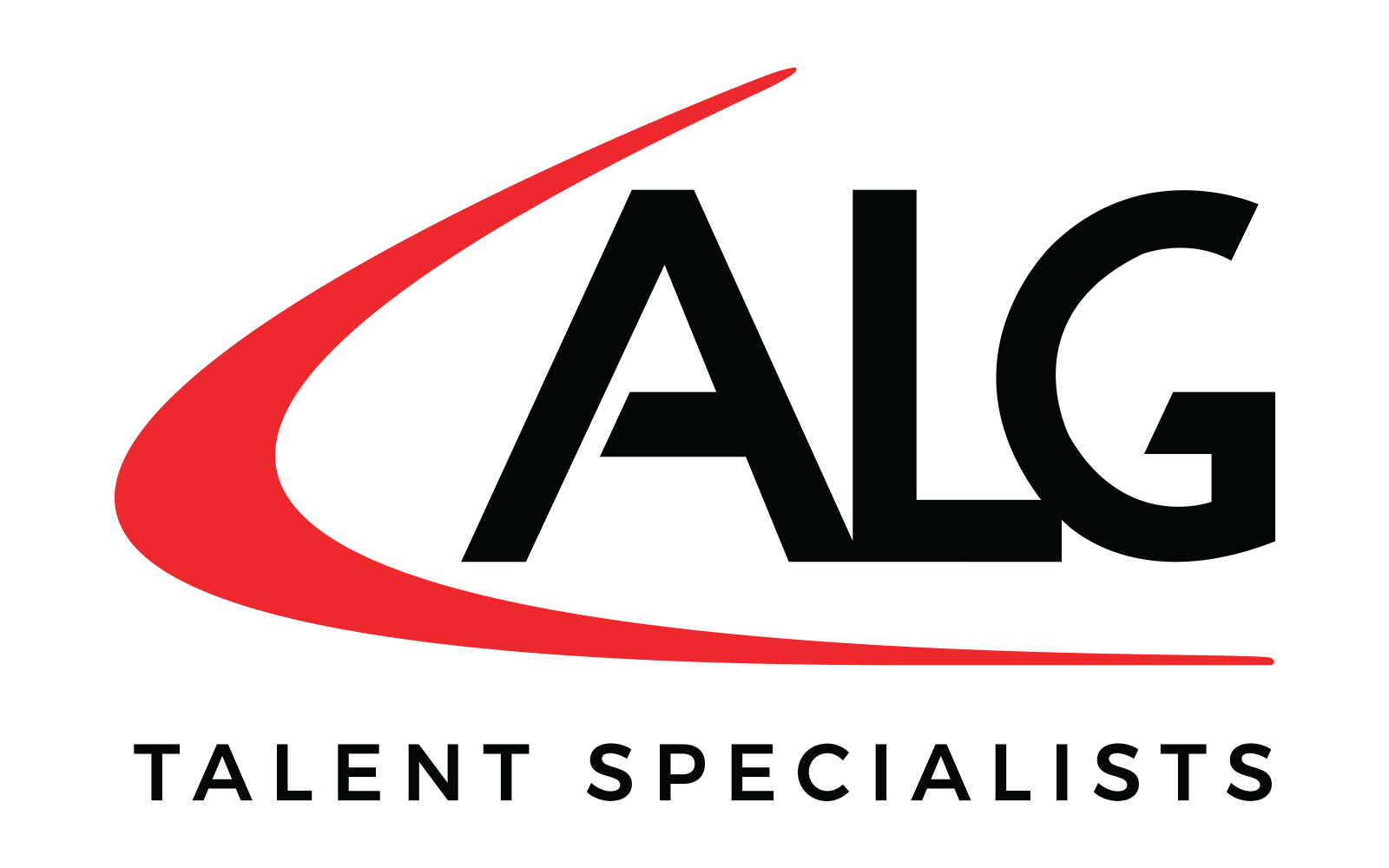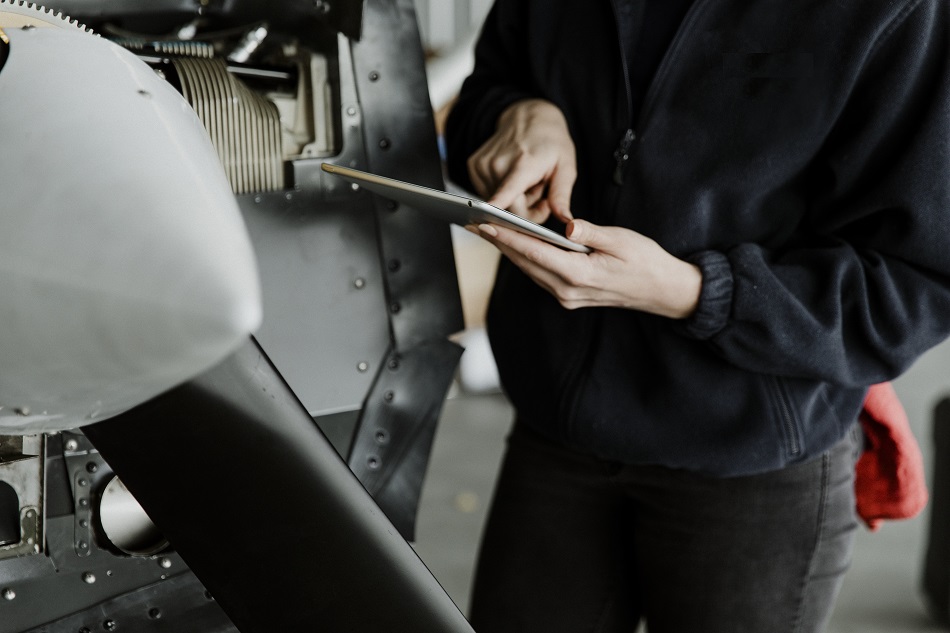Refine Results
AviAsian 2018 – What would Aviation in Asia be like in 2030?
ALG representatives had the privilege to attend the first ever AviAsian conference hosted by Embry-Riddle Aeronautical University held at Singapore Aviation Academy on 5th September 2018. The event involved discussion of the main themes around ‘What would Aviation in Asia be like in 2030?’ such as financing and leasing, airport safety and security, operational management, and training, development and employability.
Embry-Riddle Aeronautical University is the world’s largest, fully accredited university that specialises in aviation and aerospace. The university is constantly researching real-world problems with industry partners to address the key issues in aviation. With Asia’s air traffic doubling in the next decade, what can industry leaders do to support and tackle the pressures arising for businesses?
A few main problems that were addressed included:
- The challenges around attracting women to the technical areas of the aviation workforce
Discussed by Kim Chua, advocate of Women in Aviation, Embry-Riddle Aeronautical University Faculty Member/Instructor, there are many employment opportunities in the aviation industry whereby women are not being exposed to the industry as something that they could excel in. How can we supply enough volume when half of the population is not looking at entering this industry?
This is due to a number of factors such as having lack of female role models in the industry, better career progression for males, struggle of returning to work after pregnancy, and flexibility. It is not that there is no one in the industry, it is the fact that it is not made more aware to the public that it is achievable no matter what gender you are. Therefore, a number of ways that can address the existing issues include, awareness of more female role models, reverse mentoring, having male sponsors, and acculturation. For this purpose, Women in Aviation was created as an initiative to inspire the next generation in Asia to pursue a career in aviation on an equal basis without bias.
- The challenges and emerging trends around the growth of helicopters in Asia
Discussed by Mark Loh, CGAMEC Chief Operations Officer, Head of MRO Airbus Helicopters China, Aviation Safety Officer – China, in today’s competitive environment where quality is non-negotiable, turnaround time is a key differentiator and a fundamental factor in selecting an MRO operation. This creates challenges in the limited pool of talented staff as well as language barriers. This is where training is an important factor to create more skilled personnel in order to meet the requirements for the increasing demand, especially for China, Australia and India markets.
With the expansion of aviation industry nearing, there are still many key factors to be addressed. Training being very important due to the lack of skilled manpower to support the manufacturing and operations of new aircrafts. Advancing technology will also come into play, however, this can be seen as an extension to assist people in areas that can be more efficiently run through the use of technology, rather than being a replacement to their jobs.
As one of oldest jokes goes, two managers discuss investing in training their employees. The first manager asks, “Yeah, but what if we train them, and they just leave?” The second responds, “What if we don’t train them, and they stay?”
The industry is always changing, along with people and culture, and technology. It is important to keep up with these trends to meet the demands of society, for individuals to continue to upskill, and as a commitment to the future growth of your business.
